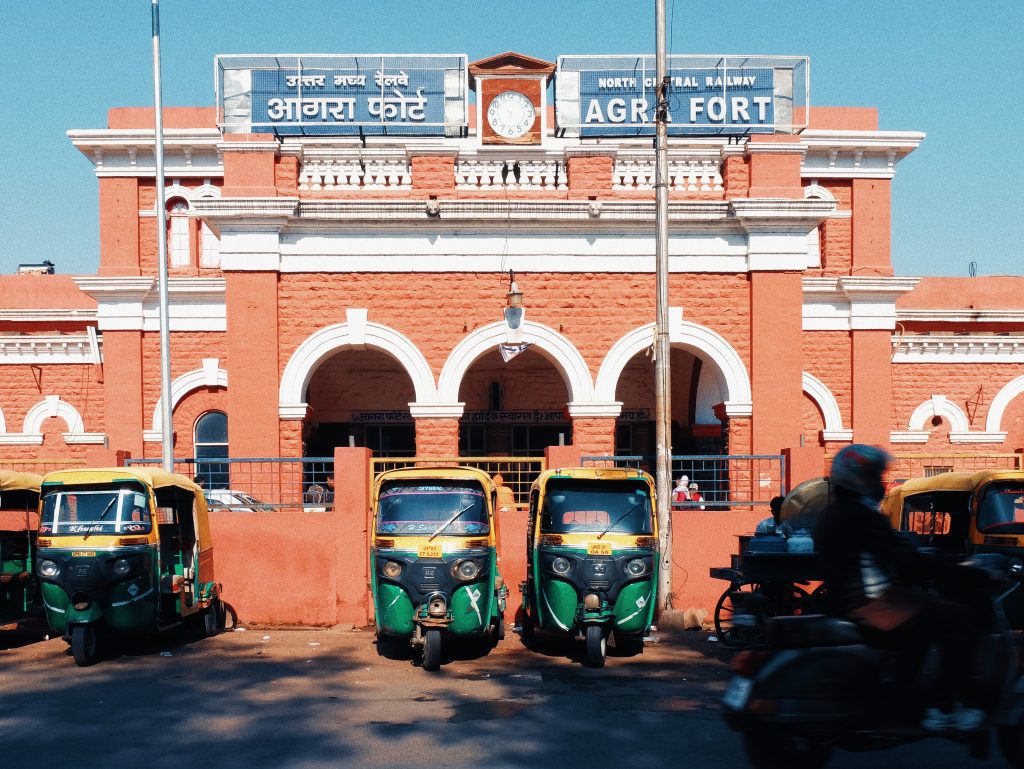
February 14, 2018. I took a night train from Varanasi to Agra that took almost fifteen (15) hours covering a distance of around 430 kilometers. I was barely able to sleep on the train–a first of many train journeys I was to take in India.
I arrived well into the morning the next day. Exhausted from the trip, I first settled at my hostel and took half a day to rest before venturing off that afternoon.



My first destination was Itmad-ud-Daulah’s Tomb which is often referred to as the “baby Taj Mahal”. It is a memorial commissioned to be built by Nur Jahan, the wife of Mughal emperor Jahangir, for his father. It predates the Taj Mahal, but like the Taj Mahal, its architecture features dominant Persian elements because of its influence on Mughal India, and because Itmad-ud-Daulah was a nobleman from Persia before becoming part of the Mughal emperor’s court. The theme is also meant to resemble a marble jewelry box in the middle of a garden.

I had deliberately chosen the late afternoon to proceed to my next destination–the Mehtab Bagh.
Behind the Taj Mahal, across the Yamuna River, Mehtab Bagh is currently an archaeological site only rediscovered just two decades ago after hundreds of years of decay and neglect.
Mehtab Bagh was supposed to be a similarly-adorned Mughal garden symmetrical to the Taj Mahal compound with its own imposing structure at the center. Its construction was never finished as Shah Jahan was imprisoned by his son and what had been initially laid as foundations of the pavillons had long been looted. The site remained in ruins throughout the next hundreds of years until 1994.
It is one of the less crowded vantage points of the Taj Mahal especially during sunset.







